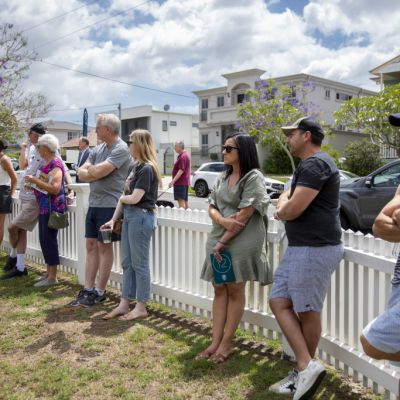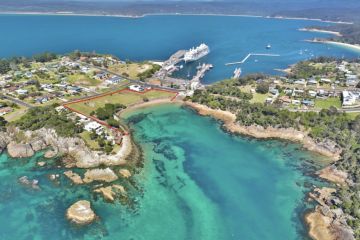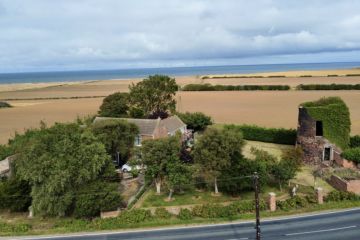Why 2004 was the year to sell: when 98 per cent of houses sold for a profit
Let’s turn back time to 2004. John Howard was Australia’s prime minister. There was a nationwide mining boom. Steve Irwin was still alive. China and Australia were becoming friends. A Hobart native became the Crown Princess of Denmark. And there were low levels of mortgage stress and household debt.
Overall, the economy and consumer confidence were strong.
“It was generally a time of optimism, and it was the early days of the mining boom,” says AMP Capital chief economist Shane Oliver. “It was a relatively nice time for the property market. Prices were up more than they were a few years ago. Those people who did transact were selling at a profit.”
Domain’s new Tenure and Profit report has found that, in 2004, 98 per cent of houses sold at a profit – a figure that has not been reached since.
“Property prices were pretty much rising from 1996 up until 2004, so what it meant is whatever time you bought in that period, you were seeing growth in your home,” says Domain chief of research and economics Dr Nicola Powell.
“While [resale profits] are probably lower now, it’s because we’ve had the downturn, which wasn’t that long ago, so you’re capturing that some people may have had to sell their property and perhaps resell at a loss.
“But if you go back to 2003, technically, prices just continued to grow but at a slightly different pace. It consistently grew on a quarterly basis since early 1996, and had that record proportion of houses being sold, but it was running off the back of multiple years of consistency of prices rising.”
Oliver says that by 2004, thanks to rising prices, the Australian economy was feeling the effects of having officially shaken off the recession from the early 1990s.
“There were some concerns at the time with the Sydney property market running ahead of itself, but more often it tends to run ahead of the others, but other capital cities were doing really well,” he says.
During this booming market, the official cash rate was at a steady 5.25 per cent all year, and the median house price nationally was less than $400,000 ($630,198 when adjusted for inflation).
By comparison, the cash rate is now at 4.10 per cent and has increased 12 times in a span of 18 months. The current median house price, according to the Australian Bureau of Statistics ( ABS ), is $912,700.
“It would have been a lot easier to make money off a property back then than it is now simply because we were coming from an environment in the 1990s, even in the early 2000s, where home price to income levels [were] lowish [and] household debt to income was lowish,” Oliver says.
For context, according to the ABS, the average household debt – once adjusted for inflation – in 2004 was $94,100, while in 2021-2022 the average household debt was $261,492.
Powell adds that while the economy benefited greatly from the mining boom, the 2004 profits were heavily aided by a lengthy period of time when prices gradually rose quarterly from 1996 to 2004, which helped create confidence in the property market.
Since then, the property market has come very close to achieving 98 per cent profits for house resales again. In 2005 and 2022, it was at 97.9 per cent, and in 2023 it sits at 97.8 per cent.
While 2004 was the best year to make a profit from selling a house, people are now making more than they did 20 years ago.
“In terms of dollar value, profit would be much greater today than it would have been back then,” Powell says.
For example, the median resale profit for a Sydney house in 2004 was $207,500, but now it sits at almost double, at $410,000.
Sydney real estate agent Ben Pike of Pulse Property Agents says a quicker market is helping property sellers make a larger profit now than in the early 2000s.
“Back then, you might have had a great market for three years and then a slow period where it takes four to five years to get back to where it was,” he says.
“Whereas things [in today’s market] happen more aggressively; it’s sharper.”
Pike says in the early 2000s (2000 to 2004), a 3 to 4 per cent increase in property value was considered a good year. Now it’s common for values to jump 25 to 30 per cent in a single calendar year, with 2021 being a prime example of this.
However, Oliver and Powell say that, despite today’s higher profits, the percentage of profit is much lower due to higher property prices and higher household debt, making 2004 truly the best year to sell.
We recommend
States
Capital Cities
Capital Cities - Rentals
Popular Areas
Allhomes
More









